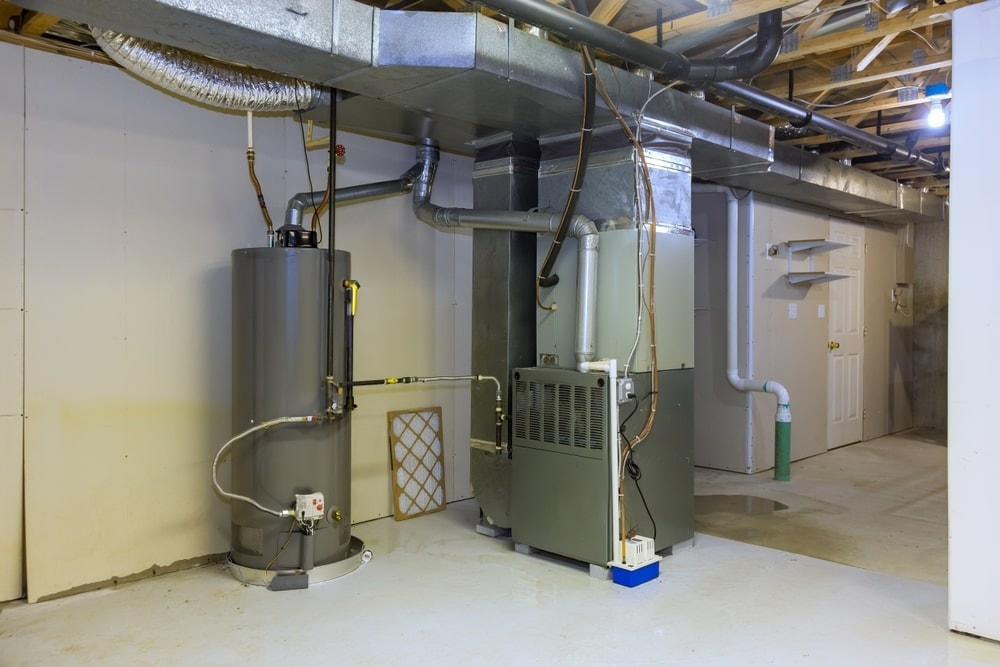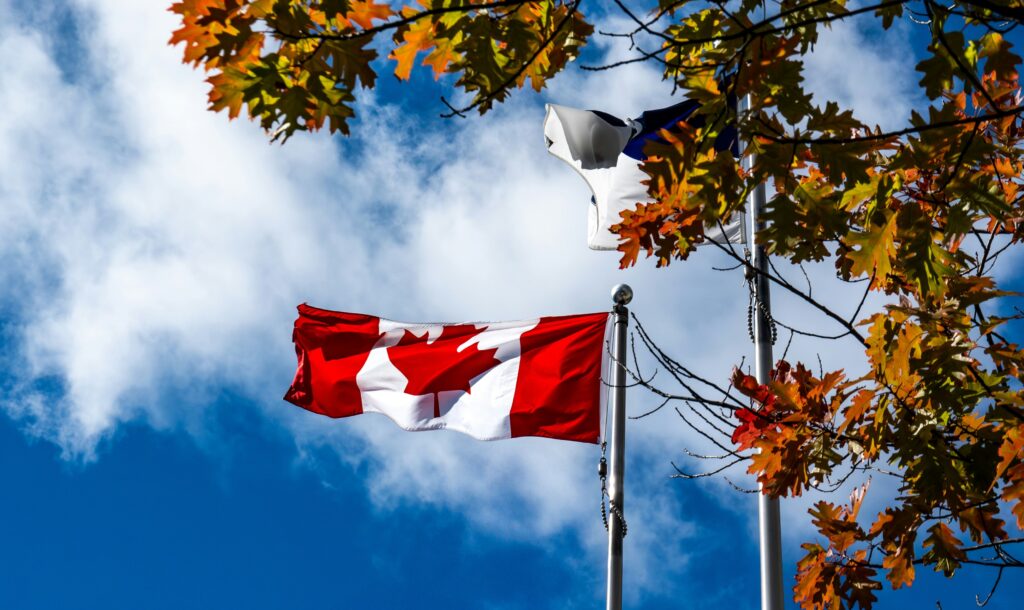Water heaters are vital for any household, especially during the cold winter. Regular inspections could last 10 – 15 years, depending on the unit. In Alberta, winter temperatures ranging from +5 to -35 degrees Celsius can strain water heaters more, and longevity is cut by 8 – 11 years, which could mean a repair or replacement is coming soon.
Understanding the factors that affect your water heater’s longevity will help you take proactive measures to determine whether it is time to repair or replace the unit.
Factors that Affect the Longevity of Your Water Heater
Let’s examine the factors that affect longevity during the cold winter below and consider how we can prevent each.
Cold Environment Exposure
Many water heaters in Edmonton and other parts of Alberta are installed in garages and basements, which need to be better insulated. These areas are prone to freezing temperatures, which may affect the longevity of water heaters and lead to cracked tanks or burst pipes. To prevent this, Installing insulation jackets can help protect the unit from freezing conditions. Reflecto-foil types are the common ones you can find in Home Depot or Amazon.
Corrosion Due to Temperature Fluctuations
Colder provinces like Alberta have varying winter conditions, making water heaters susceptible to condensation (moisture forming on the exterior), which can lead to rust after a few years. Ensuring proper ventilation is the solution to prevent moisture from building up around the unit. Dehumidifiers are also a great alternative; you can purchase one from Canadian Tire or Home Depot.
Power Outages
Power outages during the cold winter, especially snowstorms, can cause problems with your water heaters. They can result in sudden power loss, and power surges can often damage tankless water heaters. To prevent this, installing surge protection in your unit can protect the system from unexpected power surges whenever power is restored after an outage.

Anode Rod Inspection
If you own a tank water heater, the anode rod is critical in preventing rust and corrosion, mainly during winter when it is used heavily. Replacing the rod can be costly when sediment builds up, so calling our plumbing experts is a great option. However, flushing the sediment deposits accumulated over the summer can prevent this to maintain the tank’s efficiency.
Raising Temperature Settings
This is common to every household in Canada; raising the temperature settings too high can cause overheating and premature wear. To prevent this, keep the temperature at an optimal setting of around 120°F (49°C).
Frozen Pipes Due to Water Pressure Fluctuations
Winter conditions can lead to frozen pipes, causing pressure to fluctuate and leading to long-term issues with the tank and plumbing system. A DIY solution is to use heating tape, which can be bought at Home Depot or Canadian Tire, to prevent freezing. Taping the plumbing system to the water heater can prevent this, but if the problems are internal, call us for an inspection.
Why We Care?
In conclusion, these factors are common concerns in many households in Alberta and cold provinces in Canada that affect the longevity of water heaters. Cold winters put significant strain on the units, affecting their performance and durability. Implementing these practical solutions not only saves on energy costs but also prevents the costly and inconvenient premature failure of the unit, helping you get the most value for your investment.
Taking these steps and calling us for help can increase the water heater’s life expectancy.

